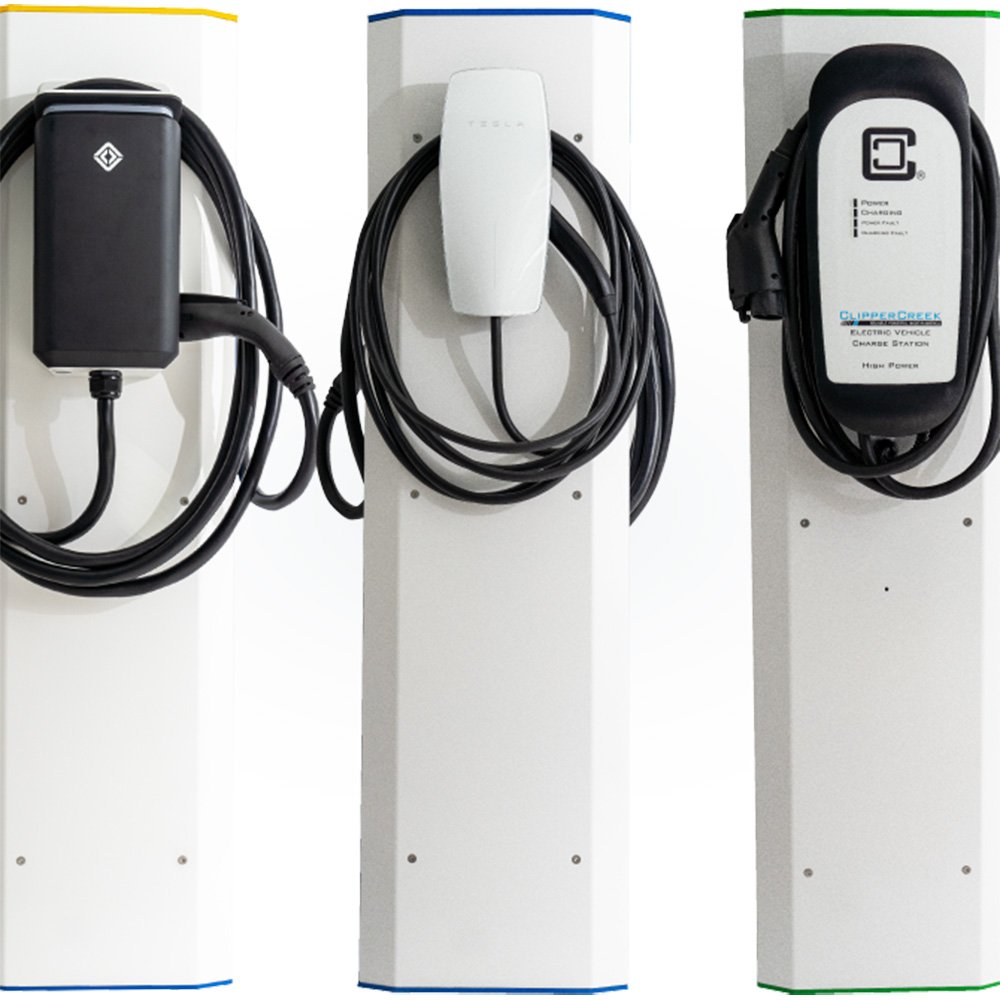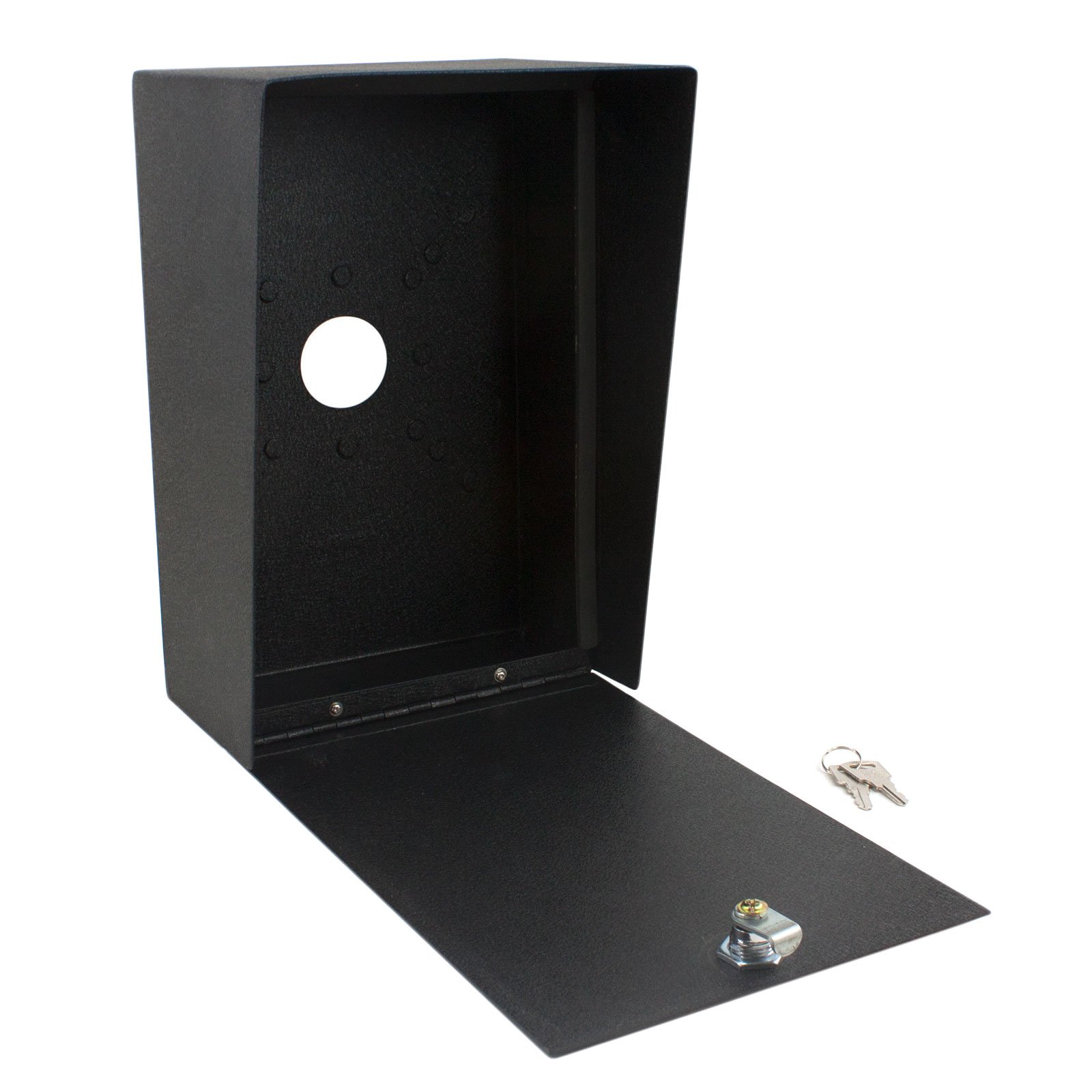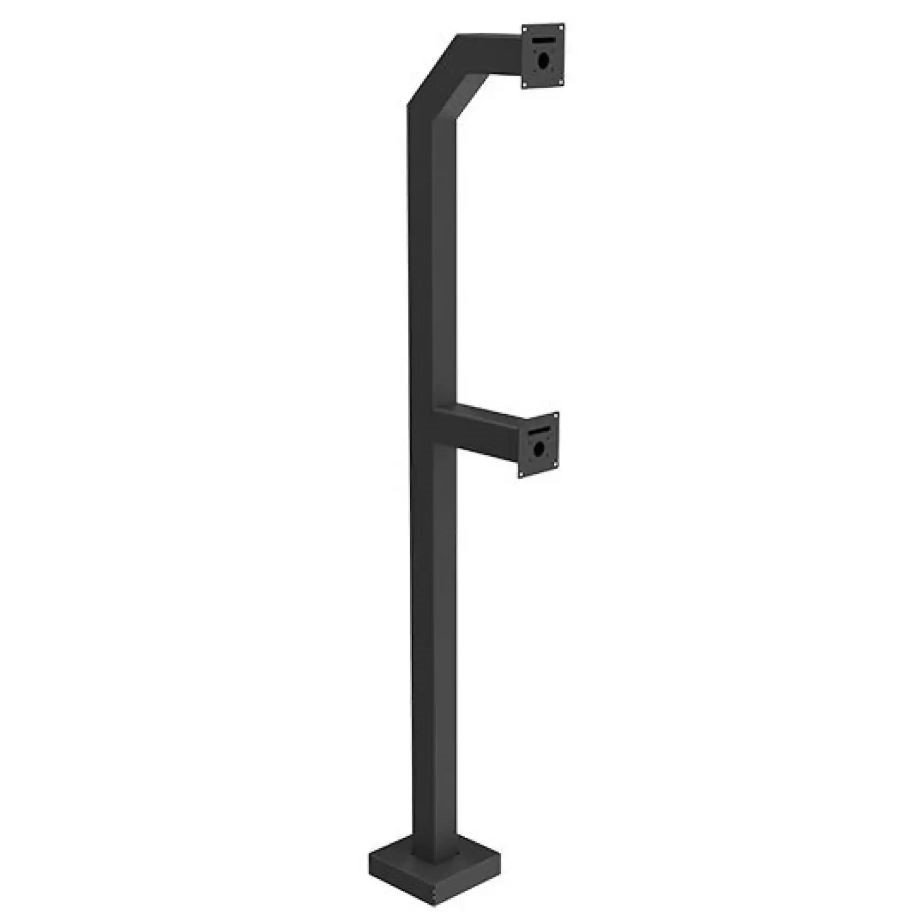How To Care For Stainless Steel
Stainless Steel Care & Maintenance
Stainless Steel can and does stain despite its name. Cleaning the surface of stainless steel products can and will prevent rusting or "pitting" (the localized breakdown of the steel's passive layer on the exposed surface). With frequent cleaning, stainless steel will last even longer without blemishes. Regular cleaning and inspection of stainless steel products prevent contamination and rusting, however, should be done with a few things considered.
Cleaning Stainless Steel Properly: Avoiding Damage
There is no such thing as "over-cleaning" stainless steel, it truly thrives on frequent cleaning. When considering best practices of cleaning stainless steel, avoiding scratching and post-cleaning corrosion is the most important part. If abrasives are needed, do a test spot to see if it scratches the steel. Scratches from cleaning should be prevented as the scratches lead to further corrosion. Post-Cleaning corrosion happens when cleaners are not adequately removed or incompletely removed. Best practice for using cleaners is to make sure that the cleaner has been completely washed off and dried.
Cleaning Stainless Steel Methods
| Cleaning Tasks | Cleaning Agents* | Notes |
|---|---|---|
| Routine Cleaning | Warm Water, Soap, Ammonia, Detergent | Apply with a sponge or soft cloth. Can be applied to all finishes. |
| Fingerprints and Smears | 3M Stainless Steel Cleaner and Polish, Arcal 20, Lac-O-Nu, Lumin Wash, O’Cedar Cream Polish, Stainless Shine | Provides barrier film to minimize fingerprints. Can be applied to all finishes. |
| Stubborn Stains and Discoloration | 3M Stainless Steel Cleaner and Polish, Allchem Concentrated Cleaner, Samae, Twinkle, Cameo Copper Cleaner, Grade FFF or Grade F Italian Pumice, Whiting or talc, Liquid Nu Steel, Copper’s or Revere Stainless Steel Cleaner, Household Cleaners, Lumin Cleaner, Zud Restoro, Sta-Clean, Highlite, Allen Polish, Penny-Brite, Copper-Brite | Rub lightly, using a dry damp cloth, in the direction of polish lines on the stainless steel. Surface rusting (pitting) may require the use of a Scotch-Brite Power Pad. This is particularly useful when rubbing is not effective. |
| Grease and Oil | Any good commercial detergent or caustic cleanser. | Apply with a sponge or soft cloth toward the polish lines. |
*NOTE: Use of proprietary names is intended only to indicate a type of cleaner and does not constitute an endorsement. The omission of any proprietary cleanser does not imply its inadequacy. All products should be used in strict accordance with the instructions on the package.




